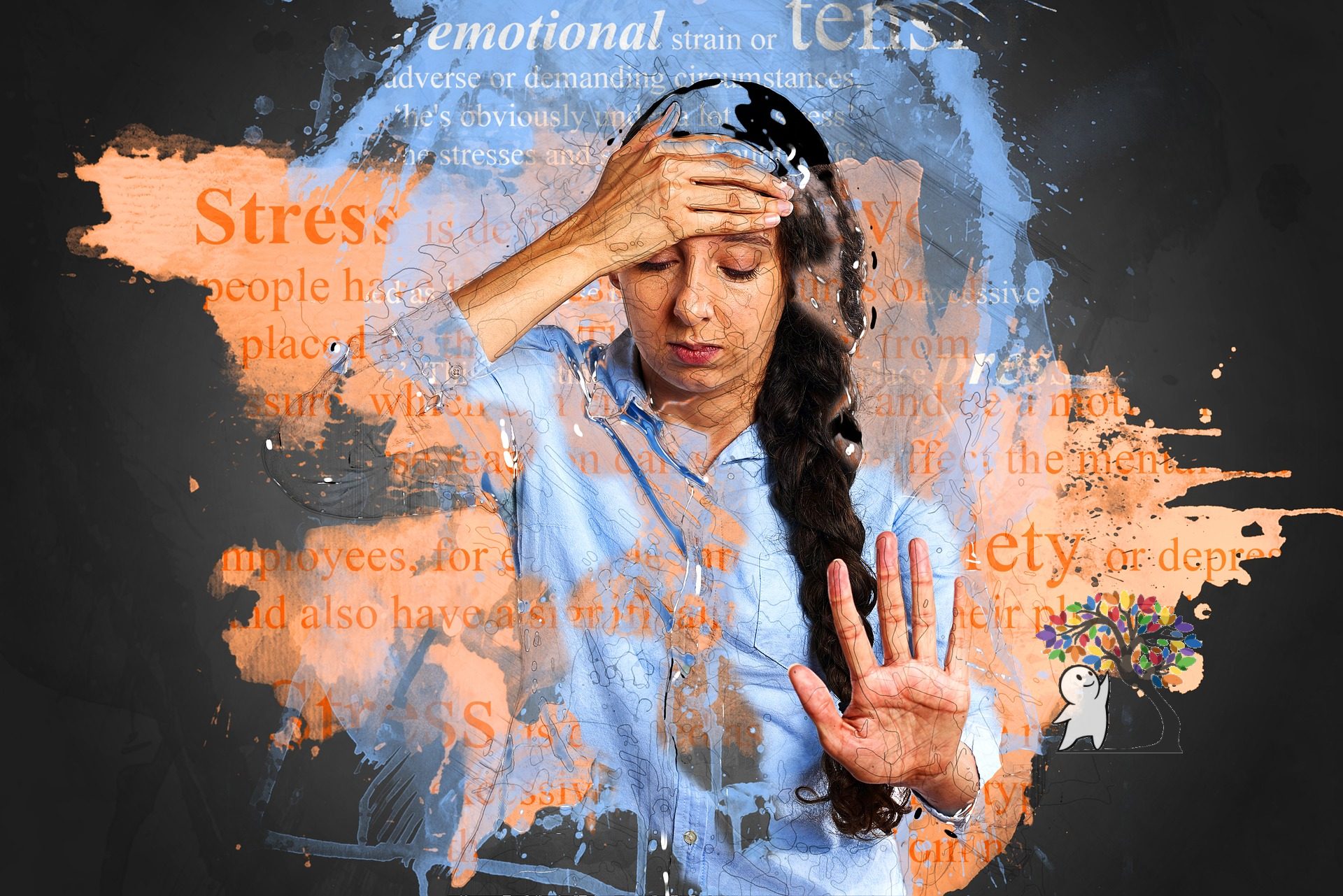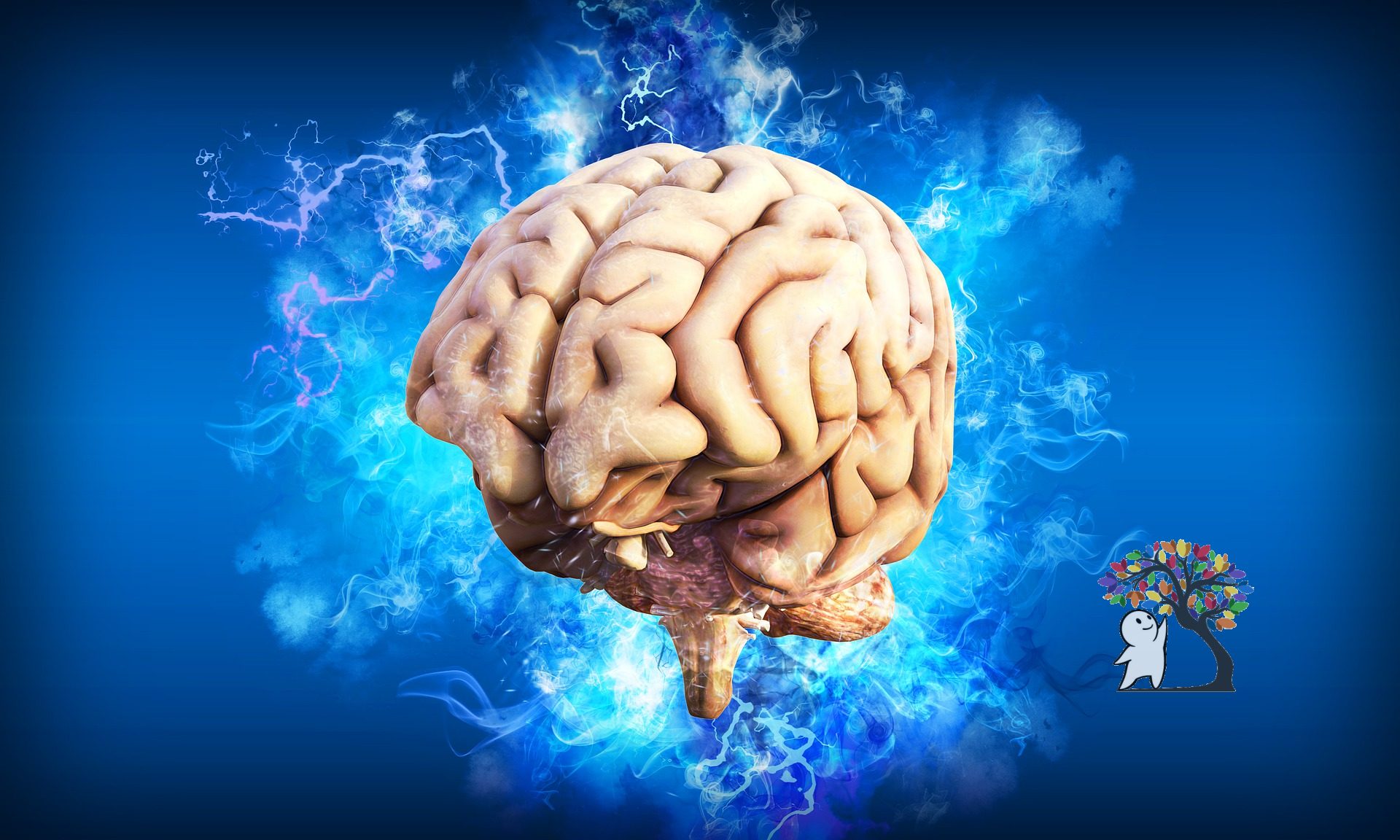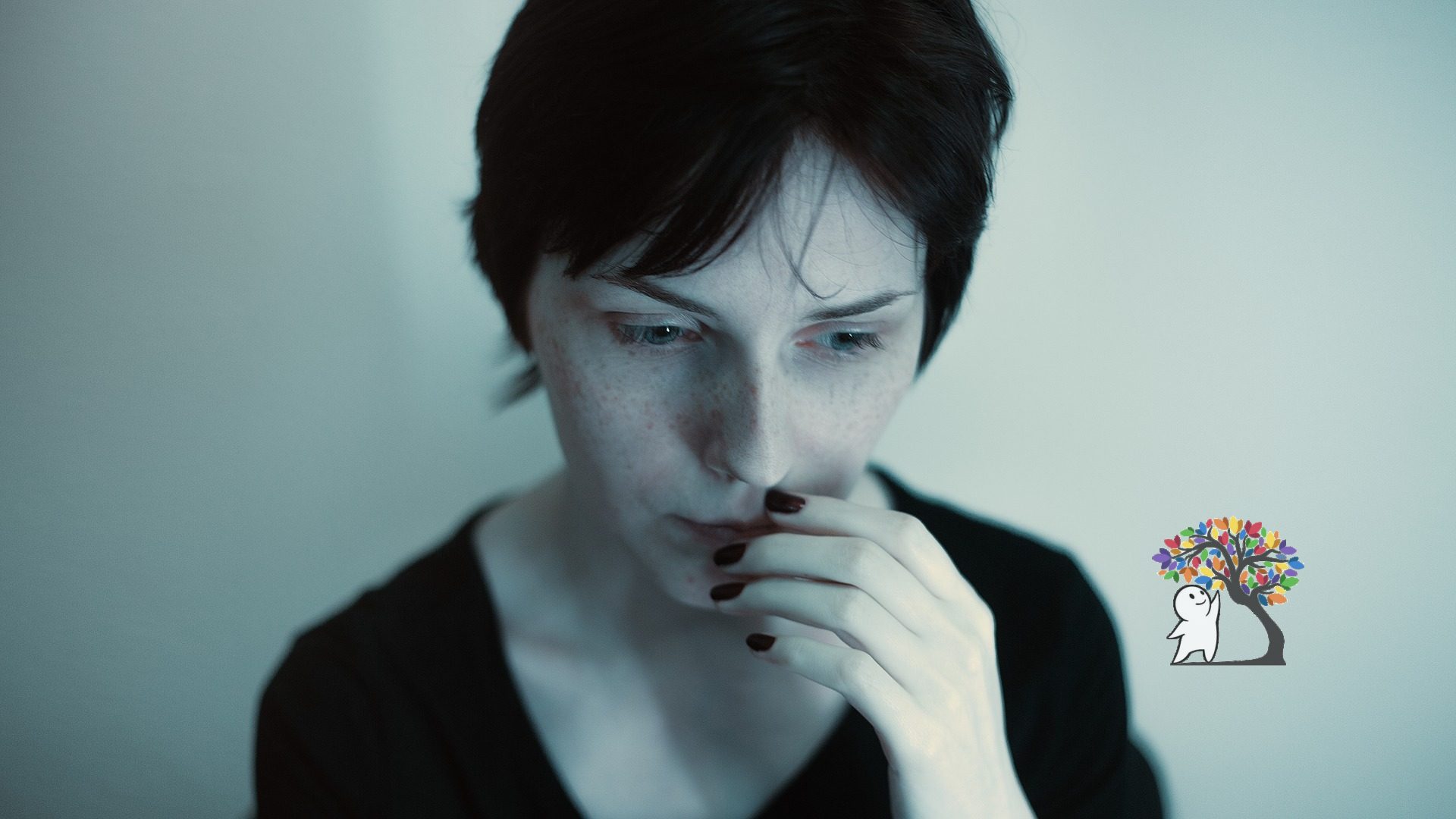5 Ways Evolution Explains Panic Attacks

Heart palpitations, sweating, shaking, dizziness, difficulty breathing. When these symptoms appear, a panic attack has seized you, it’s iron fist locking you in its isolating prison. Although learning about panic attacks and revisiting such a terrifying place isn’t necessarily fun, in this article I will be uncovering four reasons why evolution can help explain them. Evolution is how species change biologically over time and is the reason why humans have certain advantages over other species. It was my own exhausting struggle with anxiety that made me look into its history. Such psychoeducation has proven valuable. Here is what I’ve learned:

1. Fight-Or-Flight
To evolve as a species, humans first and foremost had to survive. Harsh situations involving predators made that task understandably difficult for early man. A response called fight-or-flight helped us navigate those conditions. Meaning, upon seeing a dangerous predator, early humans had to either fight the animal or flee from it in order to prevent being killed and survive as a species. This fight-or-flight is a kind of super arousal that happens physically and mentally to prepare us for danger. Some panic attacks are triggered by apparent danger or major stress, so they are not unlike the situations that caused our ancestors to go into “panic mode.” Our fight-or-flight is activated even though the situation we find ourselves in isn’t life or death.

2. The Amygdala
The area of the brain that deals with emotion, instincts, and memory is called the amygdala. When that fight-or-flight stress response is triggered, the amygdala sends messages (as hormones) to the rest of the body to help it prepare for the danger. For early man, this was a good thing, and for modern people in actual danger, it is a good thing. But when the amygdala sends us panicking nowadays, there isn’t always something dangerous nearby. Sometimes it’s just that we think we are in danger, or maybe we simply feel emotionally uncomfortable and our brains interpret it as anger. So the amygdala is actually remembering associations made by early man, and we are thrown into a panic attack.

3. Worrying Ahead
We know how immediate danger has been handled over the course of evolution, but as time progressed, humans began anticipating danger as well. This was beneficial to our species because planning for difficult circumstances made it easier to actually handle them. Thinking about what could potentially happen allowed people to be overall safer. In our current time, however, thinking about what could happen often means worrying about what could happen.

4. Emotions
Our emotions have evolved over time, too. Fear was the first emotion to be present, as can be seen in fight-or-flight; people were fearful of danger. It is said that feelings of love showed up next, followed by social feelings like pride and jealousy. Some theorists say these emotions and more came about to organize all of what our brains were thinking. But as we’ve accumulated such a wide an expansive array of emotions, it follows that we have more trouble staying on top of them all. I’ve definitely gotten myself worked into a panic as a result of overwhelming emotions.

5. The Changing World
As humans evolve as a species, society and technology is changing with us. That type of evolution is a good thing. Moving forward and advancing what we know are great achievements. Unfortunately, technology seems to be progressing faster than we can keep up with it. A prime example of this is social media and its at times negative impact on our emotional wellbeing. It’s wonderful to be able to connect with others online, but it leaves too much room for unhealthy comparisons and even social media addiction. It’s no wonder that people are prone to panic attacks while living in this age.

While they may be overwhelmingly scary, panic attacks can be explained by our evolutionary history. Understanding these explanations can help us to feel more in control of our panic attacks, which means acquiring knowledge is a powerful tool we can use against them. Noticing what our brains and bodies are doing is a great place to start if we want to work against negative symptoms.

Once I realized that I could take back some control in the face of my panic and try to see its purpose in a rational way, I began to notice my symptoms lessen. By learning about evolution and panic attacks, you’ll be more able to experience the same.
If you experience panic attacks often, you might have an anxiety disorder. You may also find these ways to cope helpful.




Responses